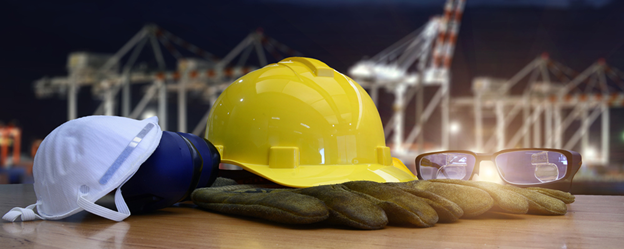Construction sites are dynamic places where workers and machinery come together to build our world. Amid the noise and activity, safety stands as the foundation upon which everything else rests.
Ensuring the safety of every person on site—whether they’re operating heavy machinery, working with tools, or managing logistics—is crucial. It’s not just about following rules; it’s about protecting lives and preventing accidents that can change lives forever.
Importance of Safety Gear
One of the foundational aspects of construction site safety is the use of proper safety gear. Safety vests, hard hats, and steel-toe boots are not mere accessories—they are lifesavers. Safety Vest Supply ensures that every worker is visible, reducing the risk of accidents, especially in busy areas where heavy machinery operates.
Training and Awareness
Equally crucial is training. Every worker should be well-trained in the operation of machinery and aware of safety protocols. This includes knowing how to use tools like Stud punches safely and effectively. Regular safety drills and updates on new safety measures are essential to keep everyone informed and prepared.
Preventing Accidents
Accidents can happen in an instant, but many are preventable with proper precautions. Machinery should undergo regular maintenance to ensure it functions correctly. This includes checking brakes, hydraulics, and electrical systems. Simple steps like keeping walkways clear and properly storing tools and materials can significantly reduce tripping hazards.
Role of Supervisors
Supervisors play a critical role in maintaining safety standards. They should enforce safety rules consistently and address any safety concerns promptly. Clear communication between supervisors and workers ensures that everyone understands their responsibilities and can voice any safety issues without fear of reprisal.
Safety Culture
Beyond rules and equipment, fostering a safety culture is essential. When safety becomes a shared value among all workers, it transforms into a mindset that guides every action. Encouraging workers to look out for one another and speak up when they see unsafe practices helps create a safer work environment for everyone.
Legal and Moral Obligations
Compliance with safety regulations isn’t just about avoiding fines—it’s about protecting human lives. Every worker has the right to a safe workplace, and every employer has the responsibility to provide one. Upholding safety standards isn’t just a legal duty but a moral imperative that ensures everyone can return home safely at the end of the day.
Continuous Improvement
Safety protocols should evolve with the industry. Learning from near misses and accidents can lead to improvements that enhance safety for future projects. Investing in new safety technologies and practices, such as automated safety systems on machinery or advanced training programs, demonstrates a commitment to continuous improvement in safety standards.
Conclusion
In conclusion, construction equipment safety isn’t merely a box to check—it’s a commitment to protecting lives and livelihoods. By prioritizing safety gear, thorough training, preventive maintenance, and a robust safety culture, construction sites can become safer environments for all.
Remember, safety vests and tools are not just tools; they’re lifelines that ensure everyone goes home safe each day. Let’s continue striving for safety excellence in every construction project.




